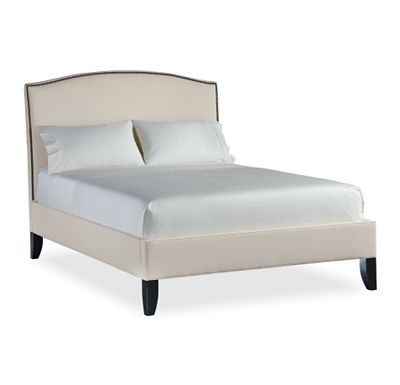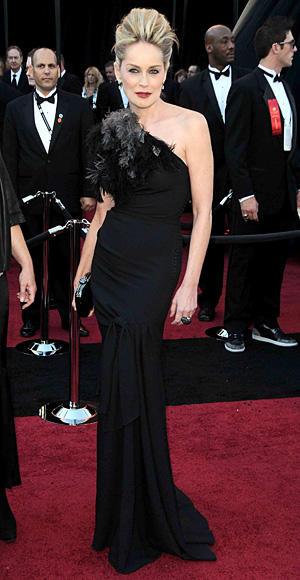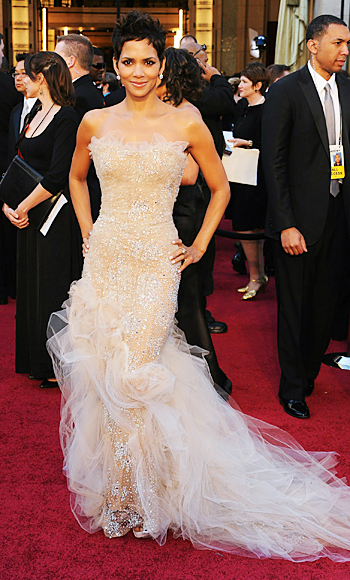Thanks to my dear friend Freck (whose blog you must read if you don't already), I remembered that I completely forgot to add in this handy little DIY on how to build your own upholstered headboard.
I've seen an equally good tutorial at one of my new favorite DIY/Interiors blog, Young House Love, however, this one was a little more my style. For conveniences sake, I will copy into this post, but I did want to post the original link incase y'all thought I was the one who did this fabulous handiwork - I am in no way, shape or form trying to take any credit for this amazing work! This is not a project I have tried yet but it is on my list of things to do, and if I ever get around to it I'll be sure to post a play-by-play.....cause I'm pretty sure it'll be interesting to say the least.
Anyways, here's a tutorial done by the amazingly-crazy talented writer of Design*Sponge (also named Grace), who has done a fabulous job of giving a step-by-step guide of how to make your own headboard. (All photos are hers):
Her inspiration (from Cookie magazine, 2005):
Her finished product:
How amazeballs is that?!
What You’ll Need:
-Wood for your headboard (she had a local craftsman cut hers, but depending on the shape you want, you can either buy a pre-cut piece of plywood at Home Depot in a rectangle, or trace a pattern and cut it with a jigsaw to fit your desired shape)
-Foam (she used foam that was 2 inches thick)
-Batting (standard quilting batting is great)
-Fabric (she bought her Otomi fabric at Jacaranda Home, but you can go crazy and use whatever you want!)
-Utility knife
-Scissors
-Staple Gun
-Flush Mount for attaching the headboard to the wall
-Spray Adhesive
Here's how to:
-Foam (she used foam that was 2 inches thick)
-Batting (standard quilting batting is great)
-Fabric (she bought her Otomi fabric at Jacaranda Home, but you can go crazy and use whatever you want!)
-Utility knife
-Scissors
-Staple Gun
-Flush Mount for attaching the headboard to the wall
-Spray Adhesive
Here's how to:
1. Place your piece of foam on the floor and lay your headboard over top of it. Trace the outline of the headboard with a marker and then cut to size with a utility knife or electric knife if you have one- they work really nicely for foam.
2. Repeat this step with your batting, cutting 4-5 inches wider than the headboard wood, all around (you’ll be pulling this over the wood and stapling it so you need a little extra to make it stretch)
3. Repeat this step with your fabric, cutting 4-5 inches wider than your headboard wood, all around (you’ll be pulling this over the wood and and batting so you’ll need a little extra to make it stretch)
3. Spray the foam with spray adhesive and attach it to the front of your headboard. Note: spray adhesive is pretty toxic so you’ll want to wear a mask and open your windows while you spray. Spray in short spurts and let your room fully air out before proceeding.
4. Lay your batting on top of the foam once it’s dried and flip the headboard over so the batting is on the floor, followed by a layer of foam and then your wood facing up.
5. With your staple gun, staple the batting securely to the wood, pulling the batting taught so it’s not loose.
6. Once your batting is secure, lay your fabric over top (be sure to iron your fabric first!), centering it if need be (she used plastic clamps to hold it in place while she stapled). Flip the headboard over so the fabric is on the floor and then staple gun the fabric into place, pulling taught so you get a nice wrinkle-free finish.
7. Once your fabric is attached, you can cut any excess from the back (this project leaves the headboard unfinished on the back so you can attach it to the wall) to neaten up the edges.
8. There are a number of ways to attach your headboard to the wall or bed, but she prefers using flush mounts (just ask for them at your local hardware store) to hang the headboard from your wall. They’re easily screwed into the back of the headboard and wall so you simply slide the headboard into the mounts of the wall and voila! Your headboard is attached- make sure you ask for mounts that can hold the weight of your headboard. Most flush mounts will hold at least 75 pounds- just be sure to ask.
9. If you’d prefer to stand your headboard on the ground and use the weight of your bed to hold it in place, she advises making a solid headboard, rather than one with legs like she made in this project - that gives your bed more to push against. She’d still advise screwing it into the wall or the base of your bed frame for safety- you don’t want that falling down on you! Once your headboard is safely secured you’re all set!
Check out her photos:
How cool is that? I'm totally inspired! You can read more and see a video of her actually doing the product here.
If any of you have done this or are going to undertake it, you MUST let me know immediately!
xx
g
If any of you have done this or are going to undertake it, you MUST let me know immediately!
xx
g













)
)















































